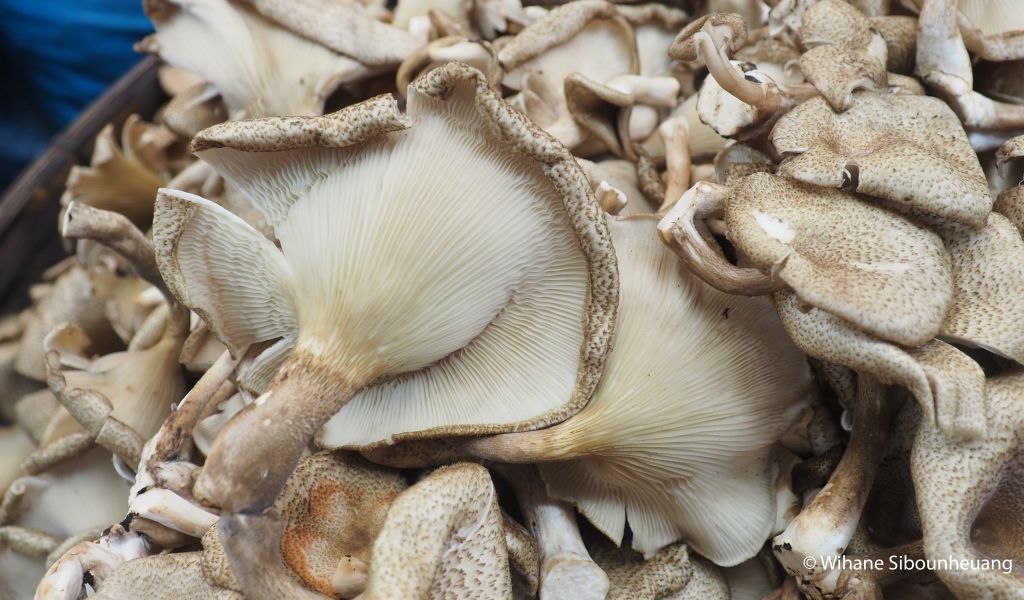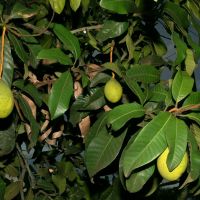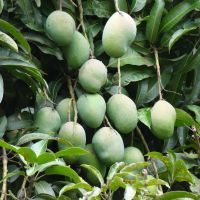ເຫັດບົດ / Tiger Lentinus
APA 6th ed. ເຫັດບົດ / Tiger Lentinus. (2019, April 29). Retrieved from https://www.phakhaolao.la/kb/0000070
MLA 8th ed. ເຫັດບົດ / Tiger Lentinus. Pha Khao Lao, 29 April 2019, https://www.phakhaolao.la/kb/0000070.
Chicago 17th ed. Pha Khao Lao. 2019. "ເຫັດບົດ / Tiger Lentinus." Published April 29, 2019. https://www.phakhaolao.la/kb/0000070.

Panus polychrous (Lév.) Singer ex Balf.−Browne
Pocillaria polychroa (Lév.) Kuntze
Thai: Het lom, Het hom kaaw
Chinese: 赭褐環柄香菇 (Zhě hè huán bǐng xiānggū)
Cap 5−16 cm wide, eccentric and slightly infundibuliform to lateral and flabelliform or semicircular, often imbricate, dark fuliginous then fuscous brown to pale yellowish bistre or pallid ochraceous, greyish brown round the margin, wholly finely squarrose with small, rather crowded, fibrilloso-fasciculate, more or less recurved, fuscous squamules, weathering almost smooth, fibrillose towards the strigosofimbriate or hispid margin at first incurved with pale brownish bistre hairs, then straight and finally lacerate. Stem 0.5−2.5 cm × 4−18 mm above, central, eccentric, or lateral, tapered to the abrupt and often blackish base, short, obconic, firm, pale cream white to pallid bistre, wholly finely scurfy villous, fuliginous squamulose when young. Gills deeply and rather unequally decurrent, crowded, 15−98 primaries 24.5 mm wide, 5−7 ranks, often shortly forked 1−3 times near the stem apex, pale fuliginous yellowish bistre, darker fuliginous brownish towards the entire or minutely denticulate edge, finally brownish ochraceous, without hyphal pegs or finely papillate with minute pegs. Flesh 3−8 mm thick in the center of the cap, 0.5−2 mm thick halfway to the margin, tough, dry, pliant, white.
This very popular mushroom is eaten raw or cooked, and can be harvested twice per year, from May−June and September−December.


